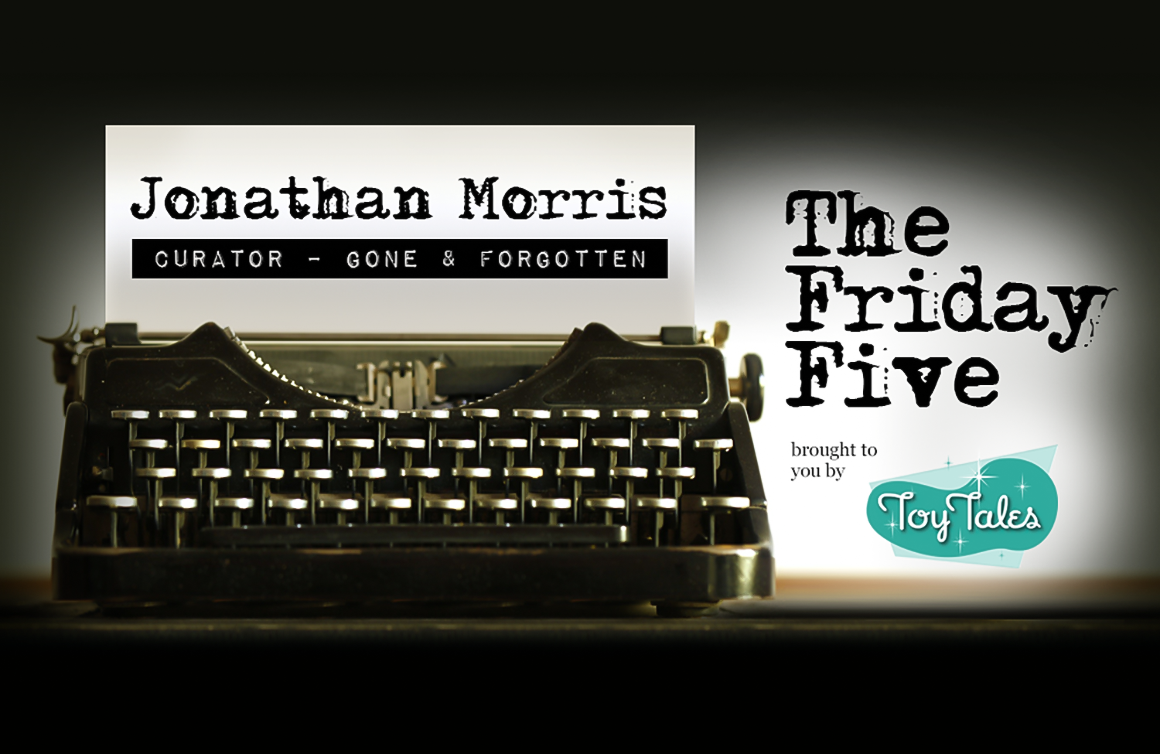You describe your blog as being “dedicated to the bottom of the comic book barrel”. What makes the bottom of the barrel comic books so amusing?
The bottom of the barrel comics are amusing but more importantly, they are enlightening. They provide commentary on the times in which they were created in a manner that the mainstream comic publishers didn’t often attempt. As an example, in the 1940s, Bomber Comics gave us Kismet; the first Muslim superhero. He fought the Nazi’s with no special powers other than what he was given by Allah. Kismet didn’t quote much from Quranic texts. The only prophet he did quote was Jesus, which seemed to betray a little unfamiliarity with the source texts on behalf of Kismet’s creator.
Captain Science was very interesting. These comics are a blend of science, adventure, and aliens. The protagonist, Gordon Dane/Captain Science, is a physicist and researcher who fought against a murderous alien species. Captain Science was created in the 1950s as North America was really engrossed in all things alien. It’s the era of The Blob, The Day the Earth Stood Still, The Thing from Another World.

Which bottom of the barrel comic book character should get his or her own movie and why?
Oh, there are hundreds that are worthy of their own movie. Maybe The Iron Lady. She fights crime in an evening gown and wears a fur muff to hide her metal claws. She’s sometimes referred to as “The Muff”. It’s okay to laugh to that. Sinbad would be another interesting option. He’s a little-known character from an early Superman series. He came from Qurac (a fictional country DC Comics created to represent the Middle East) who was inspired by Superman to use his superpowers for the good of humanity. Nightmare and Sleepy, Lady Satan, and Bee-Man would also be great to see on the big screen.

What are the characteristics of Gone & Forgotten superhero?
The main characteristic is that they are too weird to survive and be embraced by a mass audience. Jigsaw “Man of a Thousand Parts” is a good example of that. He first appeared in the 1960s. Due to a horrific accident, his body was damaged beyond repair. An operation to rebuild him saw his body replaced with interlocking, multicolored plates. He freaked everyone out a bit. Even his girlfriend rejected him. He’s a pretty gruesome character and perfect for Gone & Forgotten. No one would want to dress as Jigsaw for Halloween when they could be Superman, Batman, Wonder Woman, etc. Wendy and Marvin from Super Friends are another good example. They are good supporting characters but there’s not much of a place for them in the mainstream.

Gone & Forgotten existed in one form or another since 1997. How did you come up with the idea to start the blog?
I was working at a job with little-to-nothing to do; 6 out of the 8 hours in my workday were up for grabs. I was raised around comic books and my parents both collected. In fact, when my dad immigrated from Germany he used television, comics, and radio to teach himself how to speak English. My mother worked with troubled youth and used comics to help inspire the kids she worked with. If Teen Titans could do good, so could those kids, she determined. It actually worked; many of those kids turned their lives around. Too much time on my hands, an active imagination, plus a childhood of comic-book heroes resulted in Gone & Forgotten.

In your book The League of Regrettable Superheroes, you’ve classified the superheroes by Age (Golden Age, Modern Age, etc.). In general, how do the superheroes differ in each Age?
In the Modern and Golden Ages, it was about external events. The stories were centered around villains, wars, racism; external enemies. In the Bronze Age (the 1980s), the stories are still culturally aware but focused more on domestic issues; the recession, banking scandals, activism, etc. These comics had their heart in the right place but they were a bit naive, in general. They sometimes came across as trite.

What’s next for Gone & Forgotten?
There’s no shortage of characters for Gone & Forgotten. With over 300,000 comics published since 1939, I have a lot of material to draw from.
I do have a new book coming out in March 2017 called The Legion of Regrettable Supervillains: Oddball Criminals from Comic Book History. It’s a natural extension of my first book, The League of Regrettable Superheroes. The first book received a warm welcome and people seem excited to get their hands on the next book. I like that there’s an audience for these under-appreciated characters.

Read Gone & Forgotten online.
You can purchase The League of Regrettable Superheroes through online retailers such as amazon.com. Pre-orders are now being accepted for The Legion of Regrettable Supervillains.





